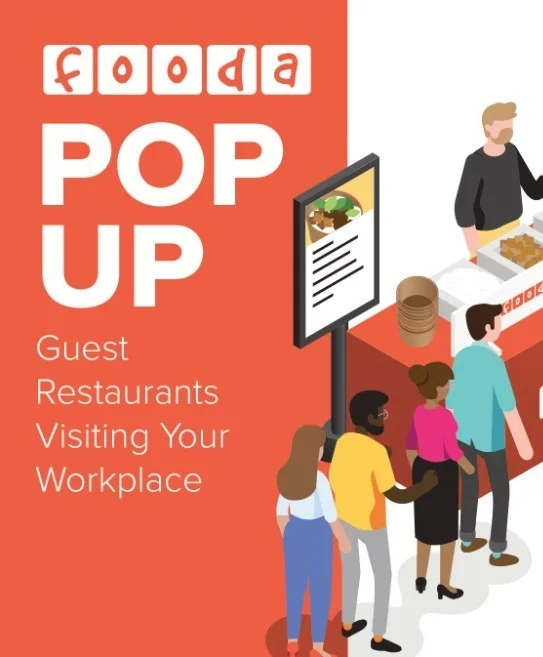In 2015, millennials became the single largest component of the U.S. population. By
2020, they will make up 50 percent of the U.S. workforce, according to the Bureau of
Labor Statistics. The young, tech-savvy and self-confident generation's growing power is
reshaping the culture of the workplace and the very design of the office.
DESIGN MATTERS
Planning for more creative office design is now essential for employees to attract
millennial new hires. National Business Furniture’s report indicates that 76 percent of the
millennial generation feels somewhat or very strongly that that office design and
aesthetic influences the impression of a company, when compared to 39 percent of
employees ages 55+ that care about office design.
NO MORE CORNER OFFICE: AN END TO OFFICE HIERARCHY
Hierarchy, tenure, and seniority are no longer the key factors in design. For example,
Law firm Nixon Peabody’s abandonment of their corner offices indicates a change of
the millennial-influenced workplace power structure. The story documenting the law
firm’s transition reveals the underlying signification of corner offices as “a marker of
achievement, a physical symbol of your status at the very top of a competitive
hierarchy that you'd spent years working to climb.”
In Nixon Peabody’s new space, all offices — for the junior associates and paralegals as well as senior partners — will be the same size. No one gets a conference table. Everyone has one guest chair. All offices will have glass walls in front, rather than a solid wall and door — the better to share the light throughout the office and the more to signal transparency, democracy and connection. Corner spaces, no longer symbols of individual power, are designed as team meeting
rooms for group collaboration - something millennials, those roughly between the ages of 18 and 34, have been taught to do since elementary school (Chicago Tribune).
WORKSPACE/SOCIALSPACE
Deliberate design for social space in the workspace is also on the rise. Kitchen, copy
room or mailroom that used to be the unintentional nucleus of gathering are now being
purposely designed to maximize cross-fertilization between groups. Reflecting
millennials’ strong need for socializing, Bernice Boucher from JLL’s Managing Director
and Workplace Strategy Practice Lead says that the [office] should not just be
lunchroom-style tables and chairs space, but provide a variety of settings to support
collaboration.
Steelcase’s WorkCafe
presents a well-designed social space that used to be an underutilized cafeteria.
WorkCafé combines open and enclosed spaces for small and large groups, individual workspaces, a cafeteria and coffee bar. It offers the functionality of a well-planned office with the vibe of a neighborhood pub. Here people meet, work, network, socialize and reenergize (Steelcase).
SAY YES TO HI-TECH
Under millennial leadership, the modern office is now a home to some of the most
advanced technology you’ll see anywhere. Between the rapid expansion of global
businesses and the rise of the telecommuting worker, many teams are spread out over
numerous locations and time zones.
Actively thinking of creative
ways to transform work, the G-Suite Team at Google has recently released a virtual whiteboard called Jamboard. The TV-like screen looks like a regular whiteboard, but each Jamboard can be
connected so that people in different offices can draw on the same board during brainstorming sessions.




